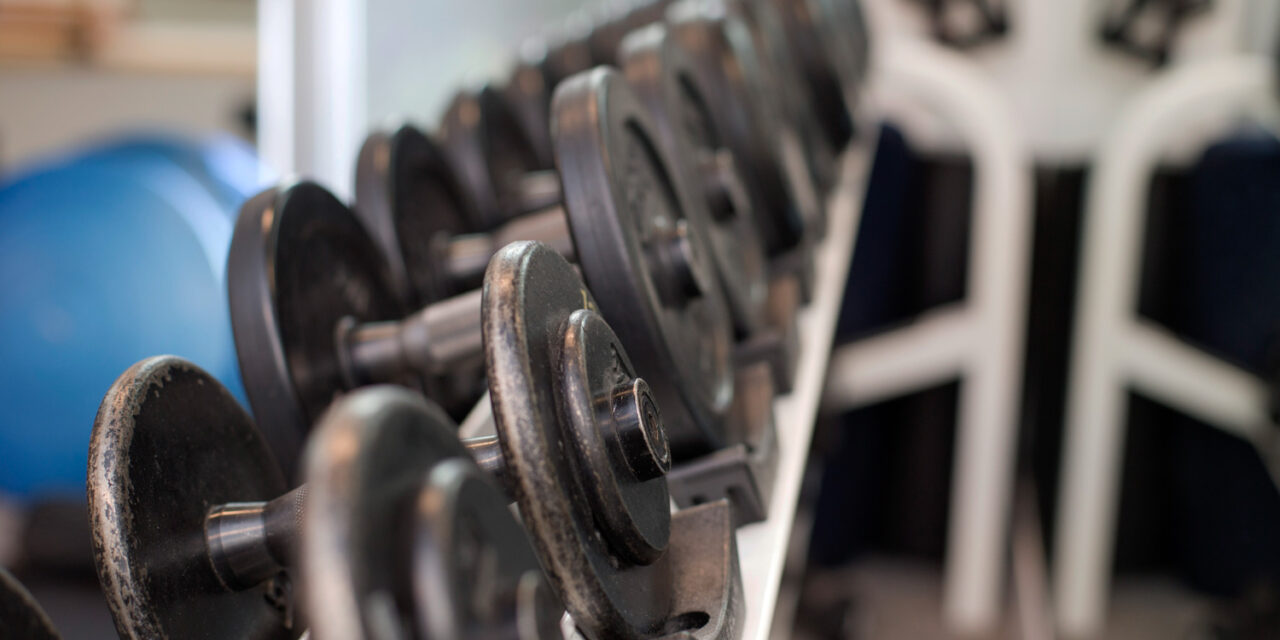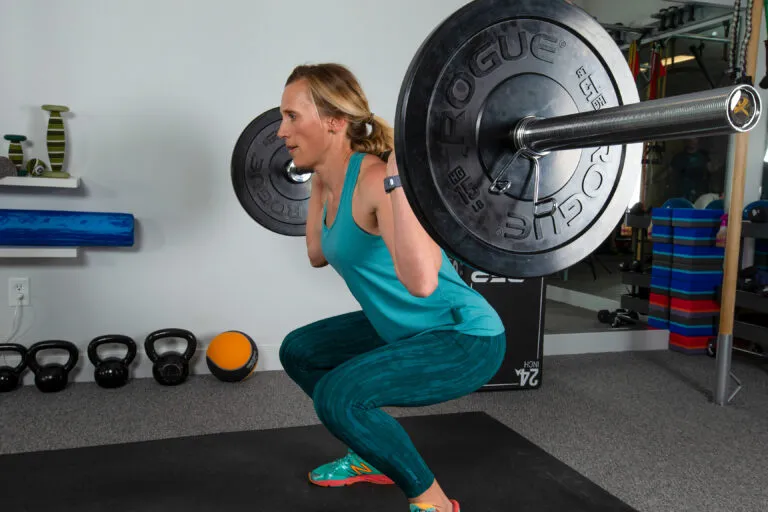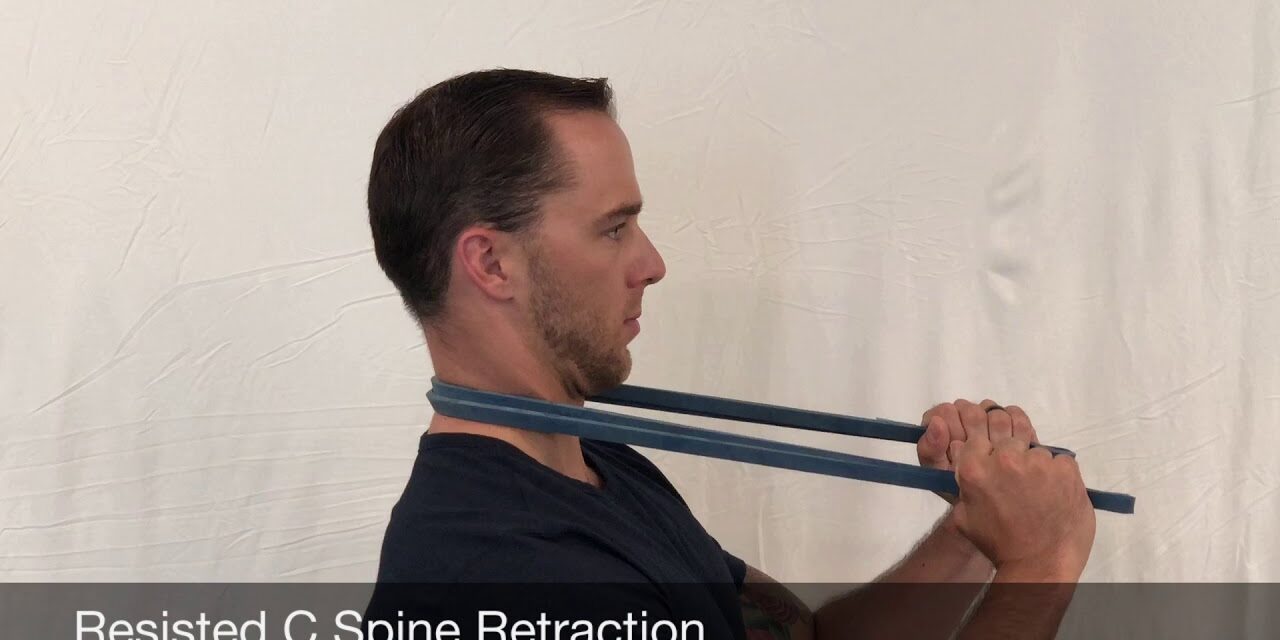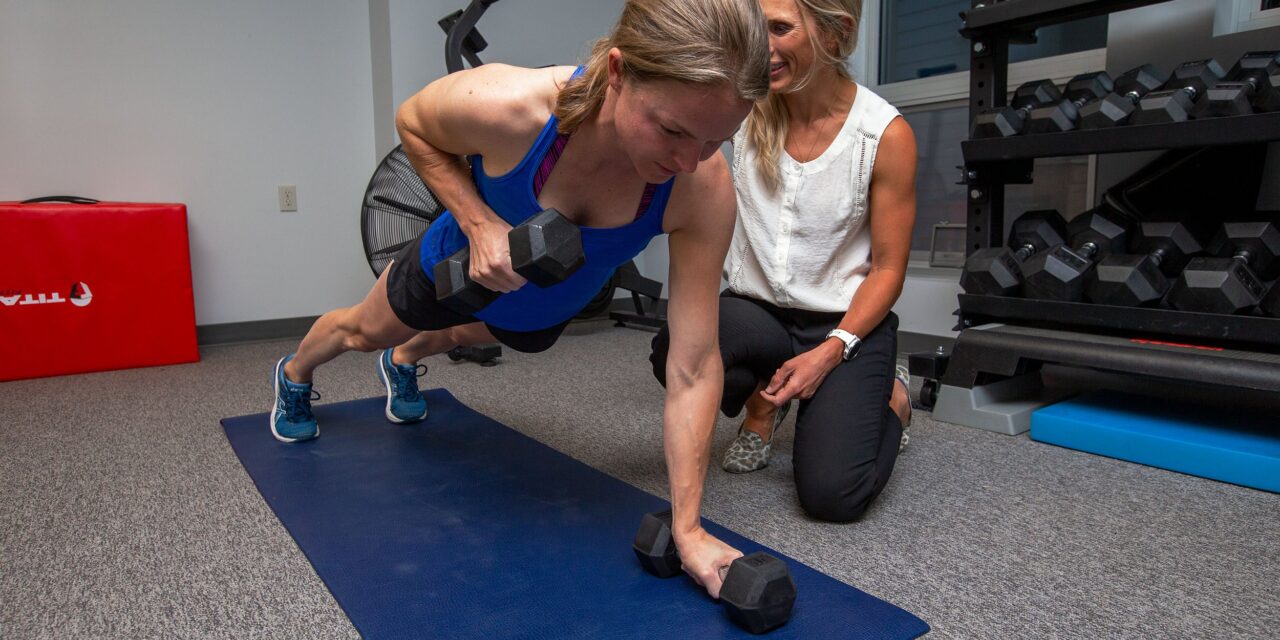How To Prevent Neck Pain
Neck pain is a common condition affecting up to 80% of the population at some point in their lives. Unfortunately, without treatment neck pain can become recurrent in nature. In our Boulder Physical Therapy and Lafayette Physical Therapy clinics we treat neck pain with a combination of manual therapy, exercise, and education. Treatment by Physical...









